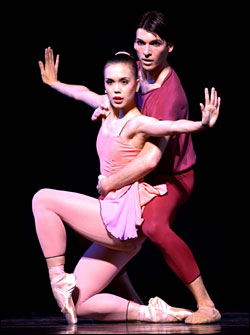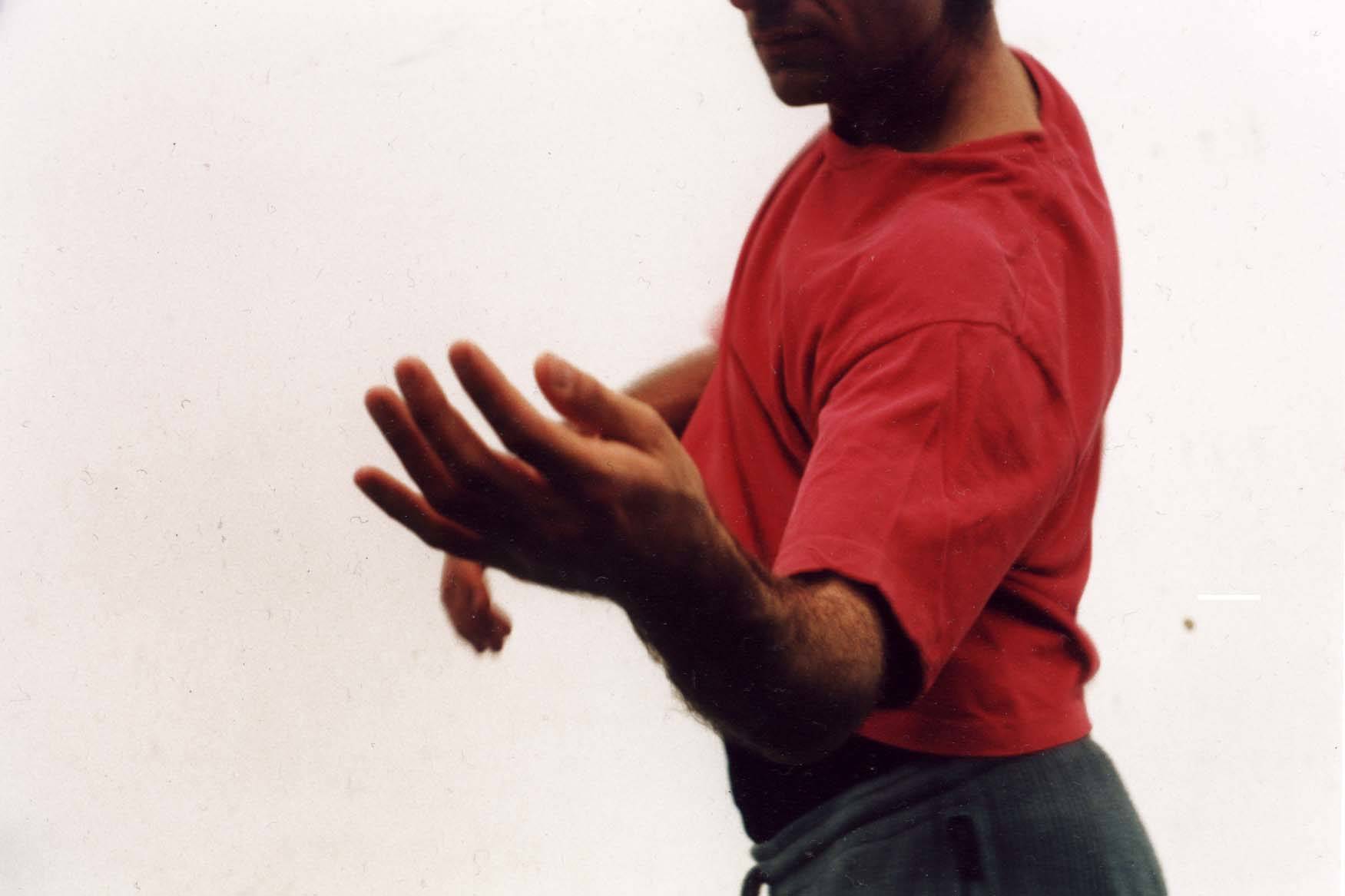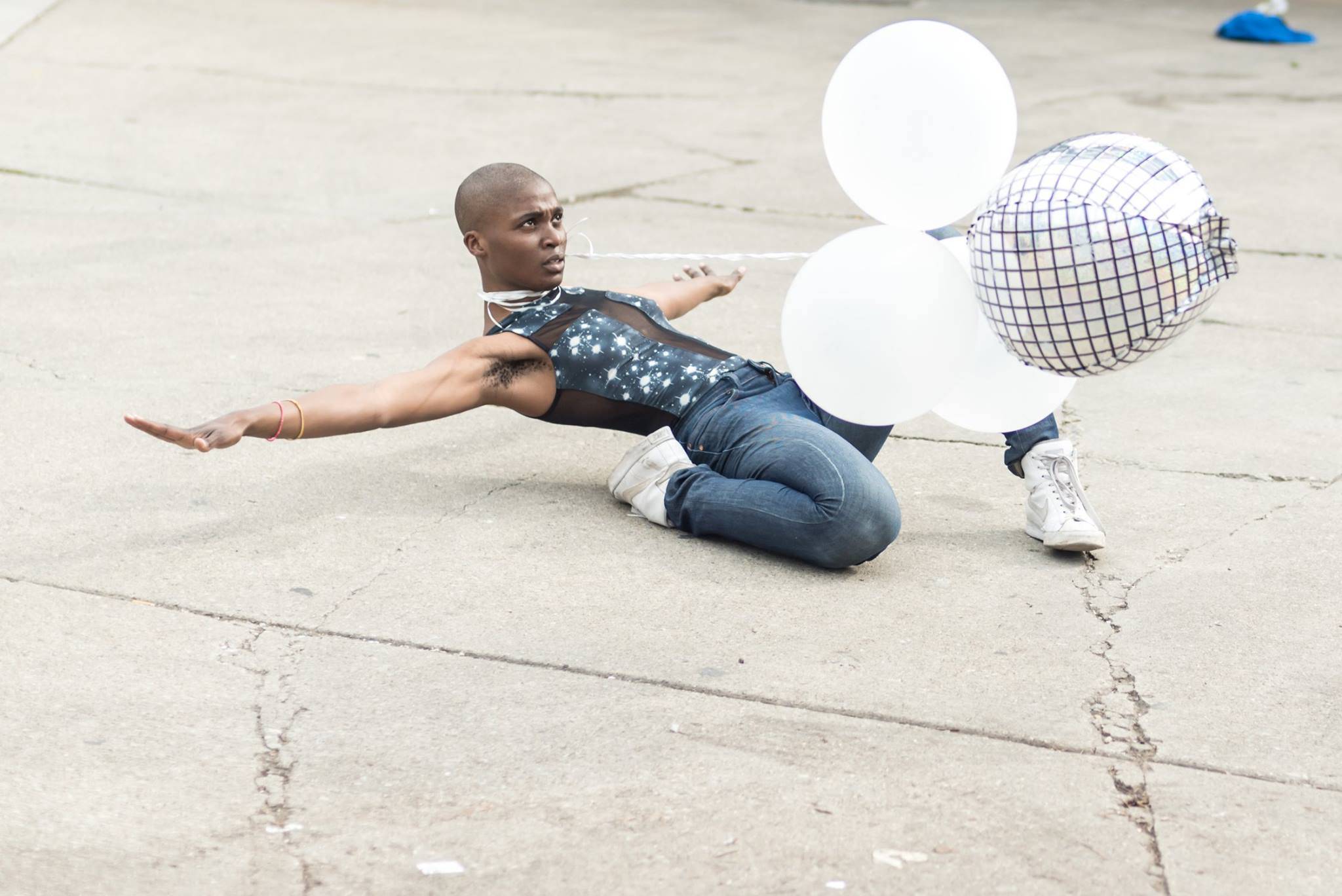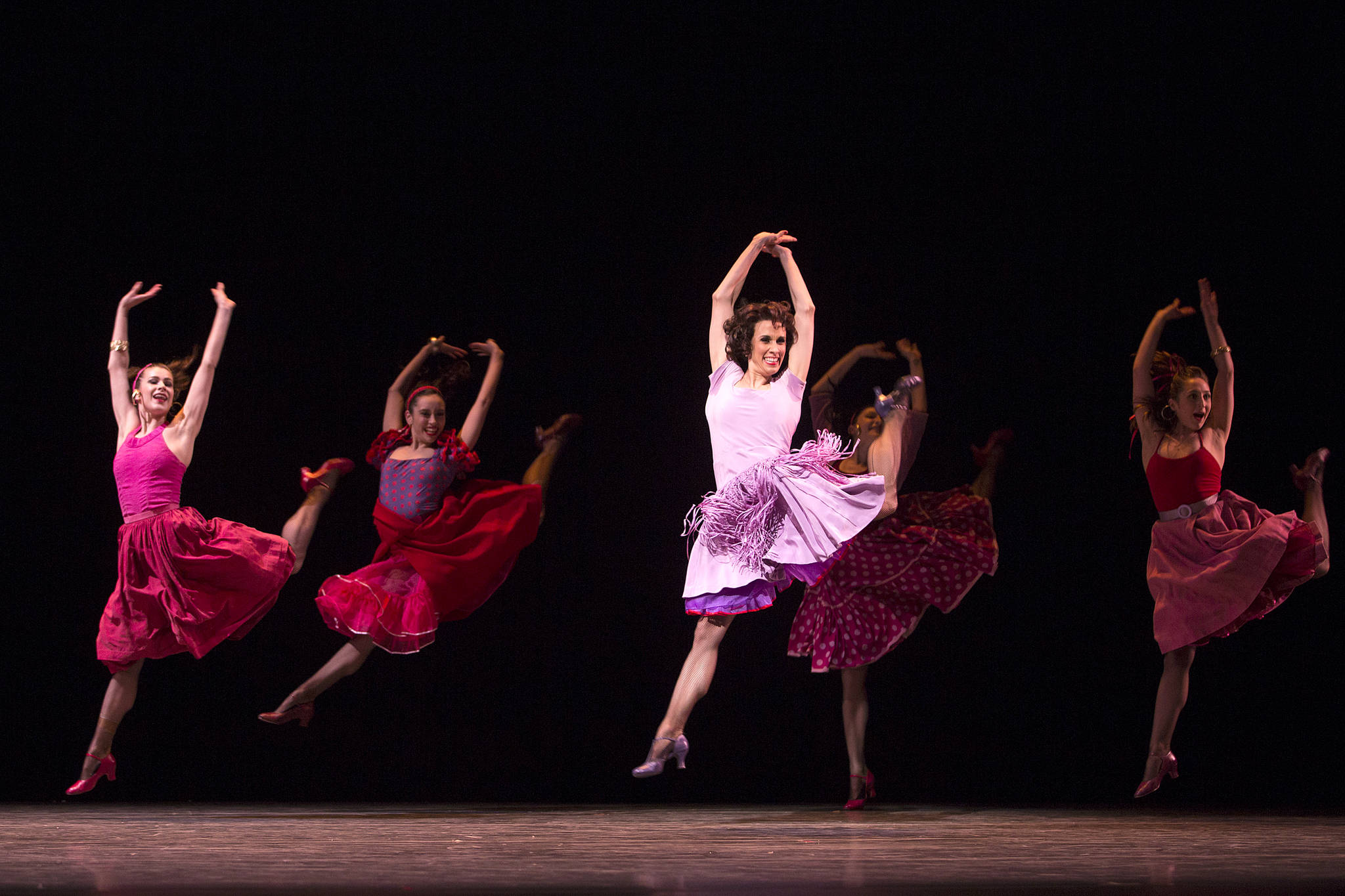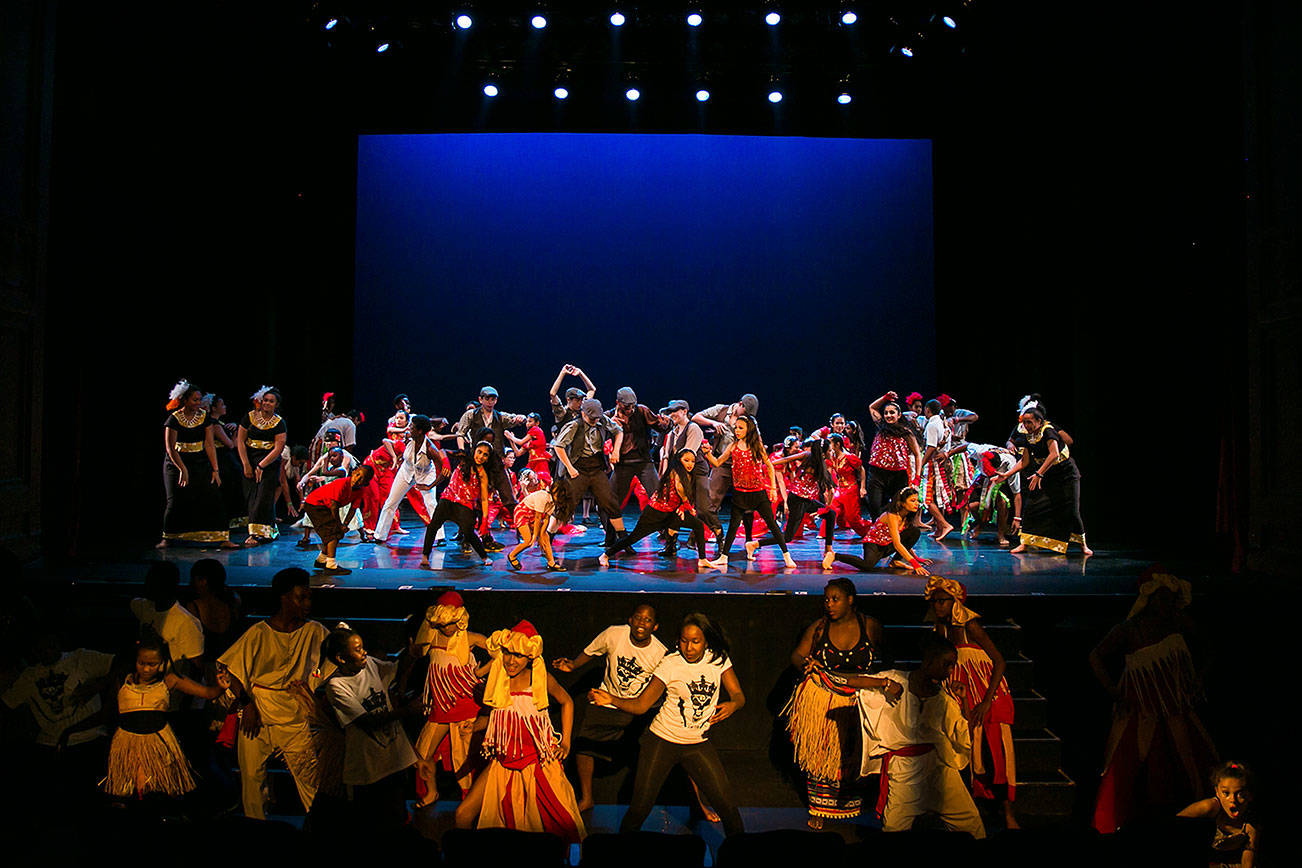One of the pleasures of looking at a dance again is seeing what has changed, how the combination of performers and choreography has altered with time and experience. Three of the four works in Pacific Northwest Ballet’s current repertory program (ends Saturday, March 22 at Mercer Arts Arena, 206-292-ARTS) are revivals of previous worka chance to find new things in old dances, and view familiar dancers more clearly.
PNB has performed Kent Stowell’s Quaternary several times in the past, and it has been a reliable showcase for his densely packed lyricism. Patricia Barker is especially adept at that tricky combination of ease and detail, so you see the big ebb and flow of the sequences, supported by the rippling effects in the Rachmaninoff score. Melanie Skinner, the other tall blond in the opening-night cast, phrases her work differently; you notice shorter “sentences” with more beginnings and endings. The entire cast fills the stage easily in the group sections.
Paul Gibson’s voice comes out of the darkness at the beginning of Dominique Dumais’ new work, Scripted in the Body, with a telling selection from Jeanette Winterson’s Written on the Body: “What are the characteristics of life? Excretion, growth, locomotion, reproductionnot a lively list.” The dance that follows isn’t exactly lively, but it isn’t physically subdued, either, though it does have the same deliberate quality of an inventory. Combined with the dancers’ intense performance of mundane tasks, its methodical nature takes us through a complex sequence of physical non sequiturs. Dumais makes fine use of her cast: Both Ariana Lallone and Stacy Lowenberg have a particularly fierce quality to their pointe work here; Christophe Maraval is labile, able to move sequentially and smoothly, matching Lallone’s considerable flexibility; and Olivier Wevers seems almost beyond human as his arms loop and snake around Lowenberg, turning her upside down. But by the end of the work, we’re not sure what all this is designed to serve.
In contrast to the two couples and commentator of that piece, the six dancers in Nacho Duato’s Jardi Tancat are obviously all members of the same community. Even if you can’t understand the lyrics of the accompanying Catalonian folk songslamentations about the barren land and prayers for rainyou know that a difficult shared experience knits all these people together. The piece is an opportunity for weighted, emotional dancing, unlike the “tutus and tiaras” stereotype that ballet often fulfills, and the PNB dancers do an excellent job with it. Lallone and Wevers again put their flexibility to good use, but they are more than rubber bandsas their hands pass in front of their faces in a signature gesture, it’s as if they are wiping away tears they cannot shed. Carrie Imler and Mara Vinson both excel in a “bird with a broken wing” phrase, letting the torque of the shape express the emotional state rather than “acting” sad.
Peter Martins’ Fearful Symmetries begins with the repetitive power of John Adams’ score, the dancers surging back and forth across the stage. Seeing it again, though, it’s the middle section of the ballet that comes more into focus, in a series of duets that substitute personal magnetism for the rush of locomotion: Dancing with Jonathan Porretta, Noelani Pantastico is like an Egyptian deity, the torque of her positions crowned with an implacable stare; Barker and Skinner resemble odalisques as Batkhurel Bold and Maraval mold them into a series of poses. At the end of the ballet, Adams’ score continues to rush along, but it’s the final image of four dancers standing still that stays with you.
